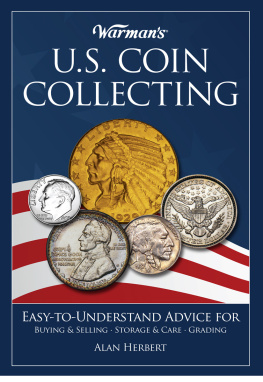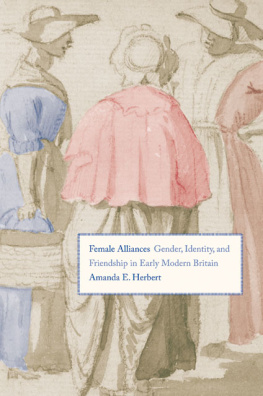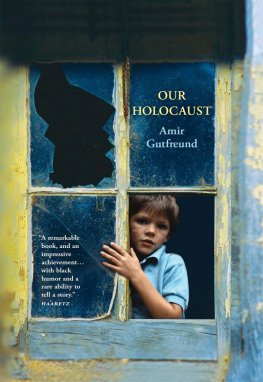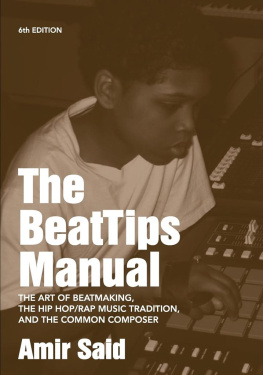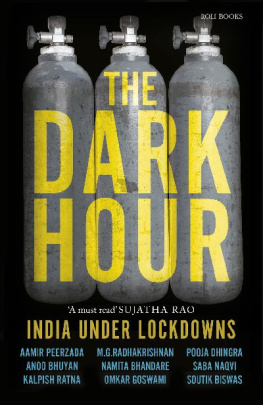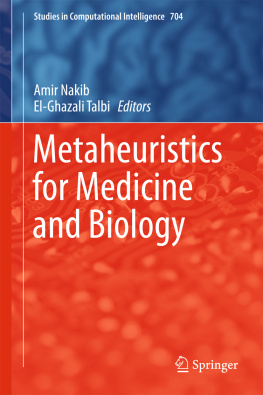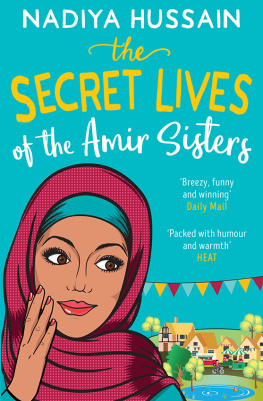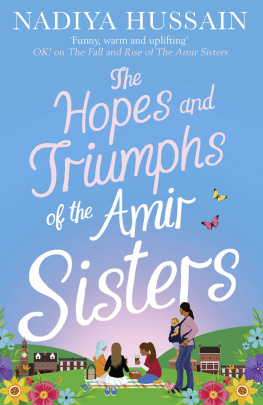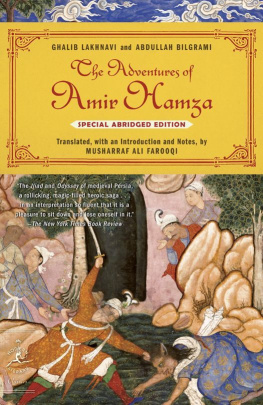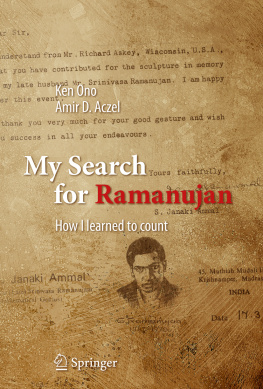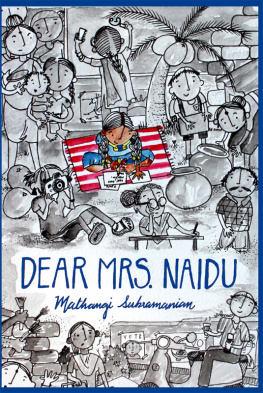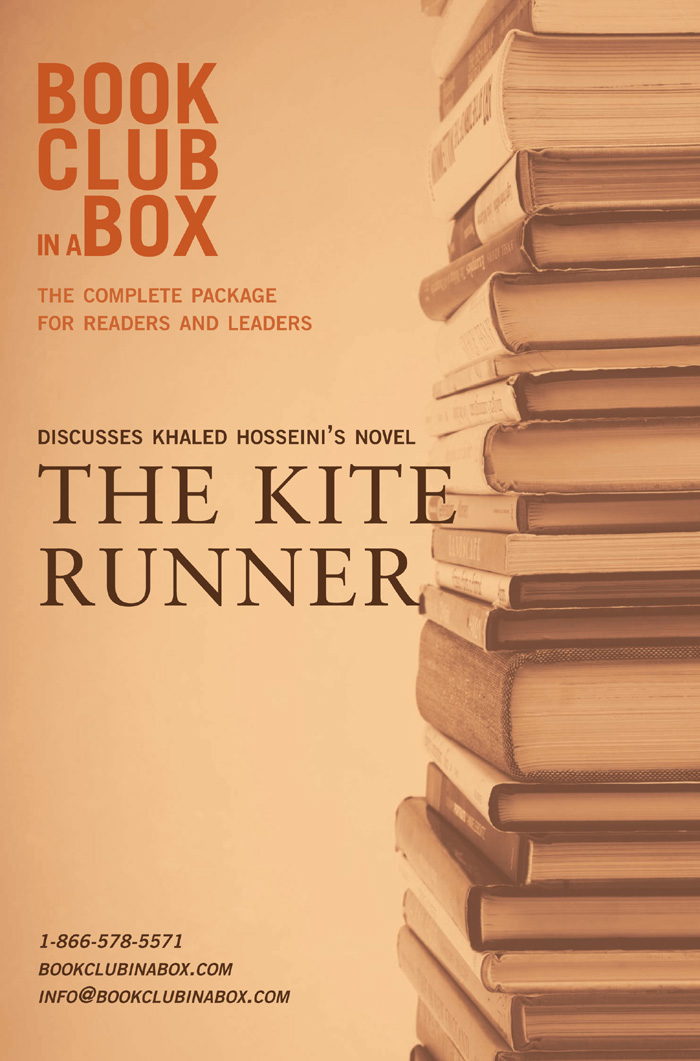BOOK
CLUB
IN A BOX
Bookclub-in-a-Box presents the
discussion companion for
Khaled Hosseinis novel
THE KITE RUNNER
Novel published by Anchor Canada, a division of Random House of Canada Ltd., 2004. ISBN: 0-385-66007-3
Quotations used in this guide have been taken from the text of the paperback edition of Txhe Kite Runner. All information taken from other sources is acknowledged.
This discussion companion for The Kite Runner has been prepared and written by Marilyn Herbert, originator of Bookclub-in-a-Box. Marilyn Herbert, B.Ed., is a teacher, librarian, speaker, and writer. Bookclub-in-a-Box is a unique guide to current fiction and classic literature intended for book club discussions, educational study seminars, and personal pleasure.
For more information about the Bookclub-in-a-Box team, visit our website.
Bookclub-in-a-Box discussion companion for
The Kite Runner
(PRINT) ISBN: 9781897082287
(E-PUB) ISBN: 9781897082737
(E-PDF) ISBN: 9781897082744
This guide reflects the perspective of the Bookclub-in-a-Box team and is the sole property of Bookclub-in-a-Box.
2005 BOOKCLUB-IN-A-BOX (1 ST EDITION )
2011 BOOKCLUB-IN-A-BOX (3 RD EDITION )
Unauthorized reproduction of this book or its contents for republication in whole or in part is strictly prohibited.
BOOKCLUB-IN-A-BOX
Khaled Hosseinis The Kite Runner
BOOKCLUB-IN-A-BOX
Readers and Leaders Guide
Each Bookclub-in-a-Box guide is clearly and effectively organized to give you information and ideas for a lively discussion, as well as to present the major highlights of the novel. The format, with a Table of Contents, allows you to pick and choose the specific points you wish to talk about. It does not have to be used in any prescribed order. In fact, it is meant to support, not determine, your discussion.
You Choose What to Use.
You may find that some information is repeated in more than one section and may be cross-referenced so as to provide insight on the same idea from different angles.
How to Begin
Relax and look forward to enjoying your book club.
With Bookclub-in-a-Box as your behind the scenes support, there is little for you to do in the way of preparation.
Some readers like to review the guide after reading the novel; some before. Either way, the guide is all you will need as a companion for your discussion. You may find that the guides interpretation, information, and background have sparked other ideas not included.
Having read the novel and armed with Bookclub-in-a-Box, you will be well prepared to lead or guide or listen to the discussion at hand.
Lastly, if you need some more hands on support, feel free to contact us.
What to Look For
Each Bookclub-in-a-Box guide is divided into easy-to-use sections, which include points on characters, themes, writing style and structure, literary or historical background, author information, and other pertinent features unique to the novel being discussed. These may vary slightly from guide to guide.
INTERPRETATION OF EACH NOVEL REFLECTS THE PERSPECTIVE OF THE BOOKCLUB-IN-A-BOX TEAM.
Do We Need to Agree?
THE ANSWER TO THIS QUESTION IS NO.
If we have sparked a discussion or a debate on certain points, then we are happy. We invite you to share your groups alternative findings and experiences. You can contact us via our website (www.bookclubinabox.com), by email (info@bookclubinabox.com), or by phone (1-866-578-5571). We would love to hear from you.
Discussion Starters
There are as many ways to begin a book club discussion as there are members in your group. If you are an experienced group, you will already have your favorite ways to begin. If you are a newly formed group or a group looking for new ideas, here are some suggestions.
- Ask for peoples impressions of the novel. (This will give you some idea about which parts of the unit to focus on.)
- Identify a favorite or major character.
- Identify a favorite or major idea.
- Begin with a powerful or pertinent quote (not necessarily from the novel).
- Discuss the historical information of the novel (not applicable to all novels).
- If this author is familiar to the group, discuss the range of his/her work and where this novel stands in that range.
- Use the discussion topics and questions in the Bookclub-in-a-Box guide.
If you have further suggestions for discussion starters, be sure to share them with us and we will share them with others.
Above All, Enjoy Yourselves
INTRODUCTION
INTRODUCTION
Novel Quickline
The story of The Kite Runner is set in the extremely turbulent country of Afghanistan, spanning more or less three unsettling decades in its history from the 1970s, when the monarchy is ousted in a bloodless coup (1979), to the period of Taliban rule in the 1990s. The primary character is a boy, Amir, who has to deal with the tragic consequences of both his fathers emotional rejection of him and of living in a society that is rife with conflict and prejudice. However, he finds that coming to terms with his own conscience is the greater challenge. He must accept his own actions, inactions, and reactions to the vicious attack on his friend and servant, Hassan, that occurred on the day of Amirs greatest triumph the day he won the kite fight.
This is the first novel written in English about Afghanistan and its authors goal is to humanize the Afghan people and put a personal face to what has happened there.(Sadat) At the same time, the story has a universal appeal. It deals with difficult choices of conscience that people may face at some time in their lives and that are often heightened when those times are difficult and/or violent; it deals with the complexities of the father/son relationship, with issues of friendship, loyalty, courage and cowardice in all forms; and finally, it speaks of the universal immigrant experience of attempting to create and build life anew within a foreign land and culture.
The story begins when the boys are young and we witness the imbalance of their personal relationship juxtaposed with the unequal social status between Pashtuns and Hazaras. We witness the arrogance and disdain that Amir shows to Hassan, and the never-changing dignity with which Hassan receives this behavior. However, Amir is not all bad; he does suffer from a guilty conscience, and so the book deals with redemption as the way to be good again.
We follow the small, motherless family through the good times in Kabul, then through a more difficult period in Pakistan while they make their way to a better life in America. Then, suddenly, we are once more thrown back into a very changed Afghanistan where Amir returns to make amends with Hassan, whom he has wronged.
In the last section of the novel, many questions are answered, but new ones are also posed. Once Amir saves Sohrab, Hassans son, he has difficulty getting him into the United States, due to a great deal of political posturing and red tape. With this epigraph, Hosseini addresses every immigrant who has had similar stories of struggle. In effect, Hosseini has gone beyond his goal of humanizing Afghanistan and creating a new understanding of her people. He is reaching out to the international community on behalf of those very people and is asking for a different level of action. There is a way for the world to


